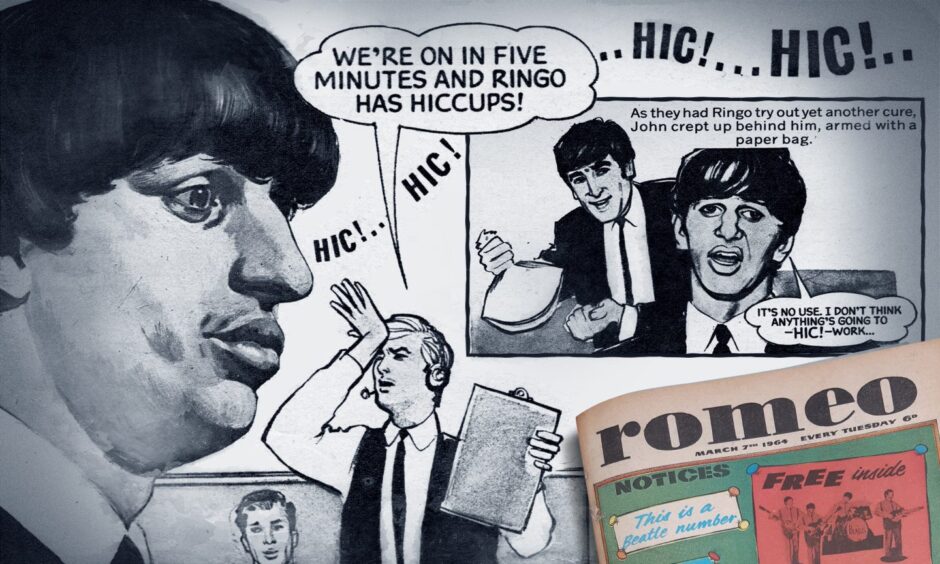
No matter how many pop idols come and go, The Beatles were the most famous band the world will ever know.
The Mersey group had to pay their dues as youngsters on their journey from the skiffle days as The Quarrymen to their thrilling early appearances at Liverpool’s Cavern Club and on to their emergence as global behemoths.
By late 1963, when they appeared at Dundee’s Caird Hall, they were already superstars with a collection of songs which are now indelibly etched in the music chronicles.
Dozens of magazines couldn’t have been more eager for the story of four young outsiders who had the power to arouse young British womanhood to heights of hysteria.
Romeo was a weekly girls’ comic published from 1957 by DC Thomson that was influenced by American romance comics and invested heavily in the British pop boom.
They are a collector’s item now.
Romeo picked up on the mass hysteria and became the go-to guide for all the information on John Lennon, Paul McCartney, George Harrison and Ringo Starr.
In 1964 the “female” editor told readers she had “surrendered unconditionally” to Beatlemania after they did “what Hitler and Napoleon and Caesar couldn’t do”.
“They’ve conquered Britain,” she wrote.
“And me.”
Which Beatle was your favourite?
Romeo kept its teen readers and young housewives happy with regular features on the band and the surviving cuttings are a treasure trove of words and pictures.
Which Beatle was your favourite in 1964?
The weekly comic offered a fascinating glimpse into the human psyche by suggesting “the Beatle you like best is a pretty good indication of your character”.
If Ringo was your favourite the chances are you were the “quiet type who prefers to remain in the background” but were “well-liked by everyone who knows you”.
The Romeo verdict? “Don’t be so quiet all the time. Other people may think that you have nothing to say. It’s up to you to show them that they’re wrong.”
A George fan would be a “good listener” and liked by “tactful people” who don’t say very much but what they did say would be “generally carefully thought out and to the point”.
The Romeo verdict?
“Even when everyone else is enjoying themselves, you seem to be holding back. As long as this isn’t overdone, till you become a dead fish, you’ve nothing to worry about.”
If “John Beatle” was your favourite you were “full of self-confidence” and “able to get a laugh out of every situation” with a sense of humour that was “slightly zany”.
If Paul was your favourite you were the person who “always has something to say” and probably worried too much about “trivial matters” and “was not a silent worrier”.
If you couldn’t make up your mind which Beatle you liked this showed you were the “type of person with few likes and dislikes” who got a “great kick out of just being alive”.
What if you didn’t like The Beatles?
“Then you’d better wake up real quick — the world is passing you by.
“At least if you have heard of them, there might be some hope for you — just!”
Beatleopaedia was pièce de résistance
Romeo introduced a comic strip inspired by The Beatles featuring the musical adventures of a group called The Modbeats who were Baron, Dave, Hans and Chuck.
The pièce de résistance was the 48-page Beatleopaedia, which was constructed by fans over a period of 12 issues from Romeo before they could send off for the hard cover.
Beatleopaedia was launched following the success of a similar edition for Cliff Richard and featured articles, interviews and posters inside the glossy annual hardback binder.
Subject matters included “the beginning”, “Beatlemania”, “Beatle gear”, “Beatle food”, “Beatle hair”, “songwriting Beatles”, “Beatle holidays” and “Beatle pin-ups”.
The “Beatle-likes” section was vox pop questions about music and movies with Lennon and McCartney choosing Ben E King and Chuck Jackson as their favourite singers.
Lennon liked R&B and gospel music.
Actors and actresses? Robert Mitchum, Peter Sellers, Sophia Loren and Juliette Greco.
McCartney liked R&B and modern jazz.
His screen favourites?
Larry Williams, Anthony Perkins, Marlon Brando, Brigitte Bardot and Juliette Greco.
Harrison liked Country.
His favourite singers were Little Richard and Eartha Kitt.
Vic Morrow and Brigitte Bardot were his acting picks.
Starr liked Country — alongside R&B.
Actors and actresses? Paul Newman, Jack Palance and Brigitte Bardot.
Beatleopaedia remains a very rare piece of memorabilia.
Few were completed fully in 1963 and even fewer have survived.
McCartney was a James Bond fan
Romeo ended in 1974 but the comic spawned scores of imitators aimed at older teen girls and young housewives including Jackie, which launched in January 1964.
Jackie was published by DC Thomson and featured pop, TV and film star pin-ups, fashion tips, stories, quiz pages, letters and Cathy and Claire in the problem pages.
Jackie became compulsory reading for girls aged between 12 and 16 and immediately targeted the Swinging Sixties pop culture and invested heavily in The Beatles.
An instant guide to McCartney and Lennon in 1964 included a forensic breakdown featuring collar size, chest size, waist size, inside leg measurement and shoe size.
A narrative thread jumped from McCartney being able to type quite fast “with one finger” to having a “craze for go-karting in the summer of 1963”.
Being given his first bike age 7 was the “biggest moment in my life”, while the best position for songwriting was “sitting down — with plenty of fags to hand if needed”.
He liked James Bond.
And the first Bond book he read was “Live and Let Die”.
McCartney would go on to write the theme song for the movie version in 1973.
What about his songwriting partner?
Lennon was the “biggest tea drinker in the group”.
He once wrote a column for a Mersey pop paper under the name “Beatcomber” and regretted that fame stopped him “having beer and sandwiches in the pub”.
Lennon disliked war films – giving peace a chance even back then.
He said he hoped to produce a stage musical one day and enjoyed “wandering down streets in foreign cities looking in shops” and visiting art galleries.
He said he tried — and failed to take an interest in politics.
Jackie Beatle’s comic strip appearance was no hiccup
Famously starring in film, television and animation, The Beatles have also appeared in cartoon strips including brilliantly-drawn appearances in Jackie in 1964.
Storylines including Ringo Starr suffering hiccups before a live TV appearance (including being helped by Cilla Black) all have a joyful innocence about them.
Sadly the group’s demise happened just as quickly as their rise to fame.
The Beatles broke up in 1970.
Jackie followed their post-Beatles careers through triumph and tragedy in the 1970s and 1980s, when it was selling a million copies a week, before closing in 1993.
DC Thomson provided a final comic strip chapter in 2012.
McCartney — now Sir Paul — featured in the final issue of The Dandy alongside characters including Desperate Dan and Minnie the Minx.
Cartoonist Nigel Parkinson remembered an interview from the NME in 1963 where McCartney revealed that to appear in the Dandy would be a life’s ambition.
His wish ultimately came true.
Not quite paperback writers, the talented staff in the Dundee offices produced beloved and treasured works of heart.
Thousands of female fans could feel like they were with The Beatles thanks to the pages of publications like Romeo and Jackie.
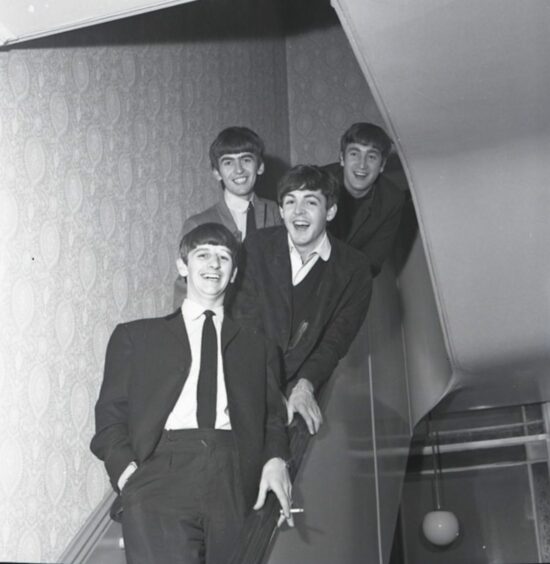
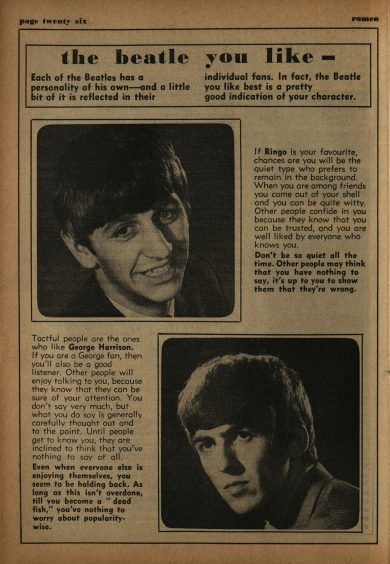
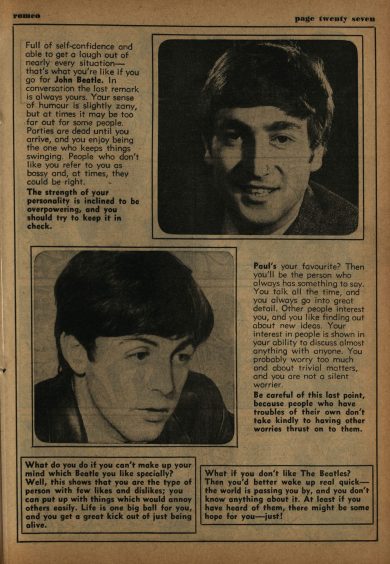
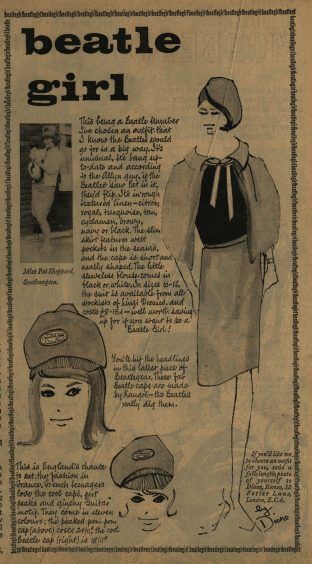
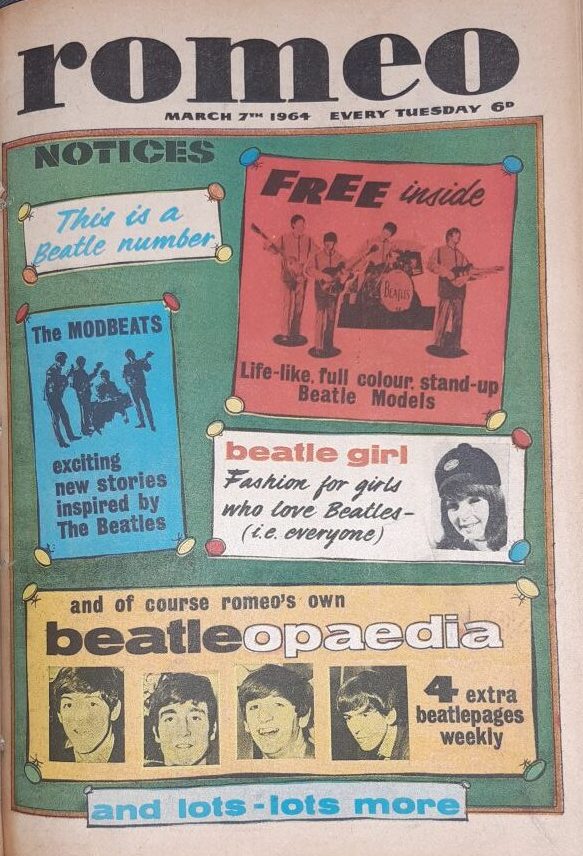
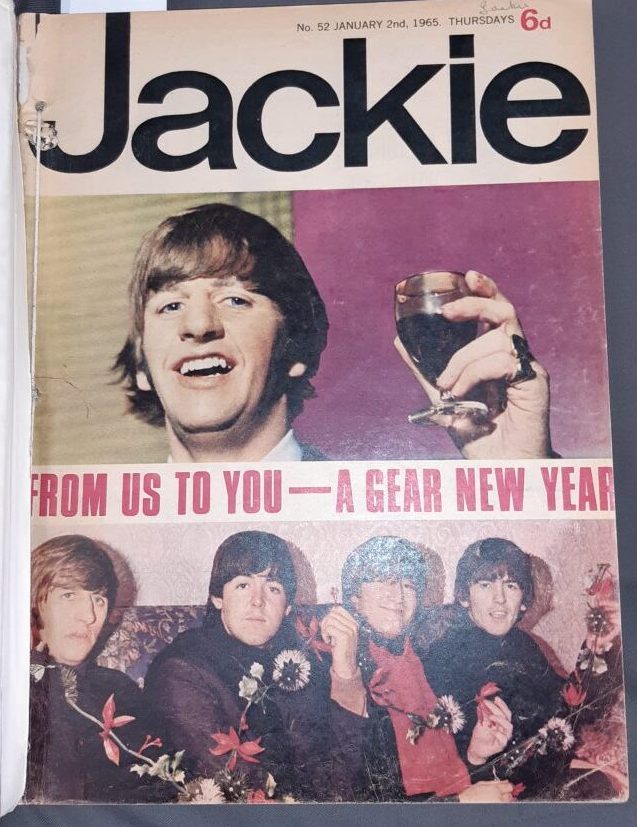
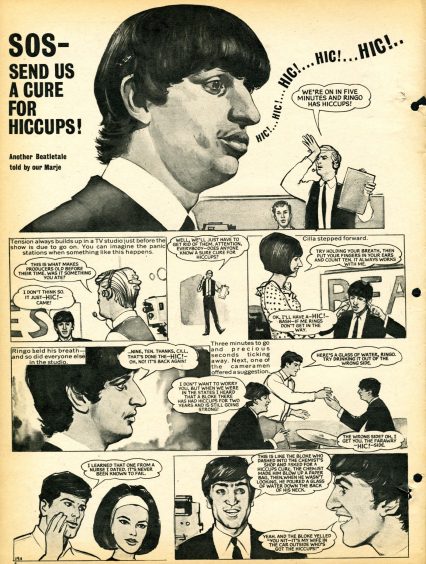
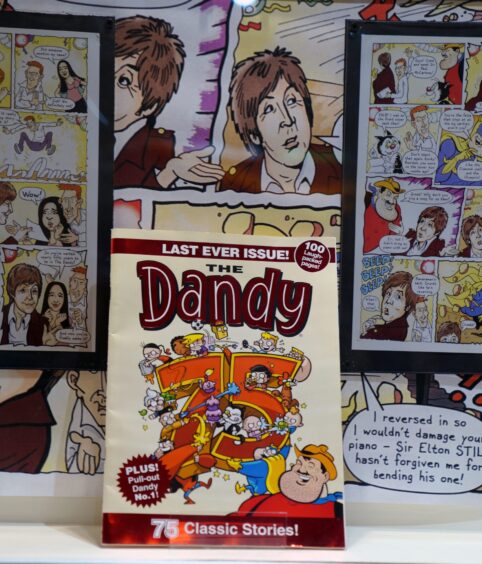
Conversation